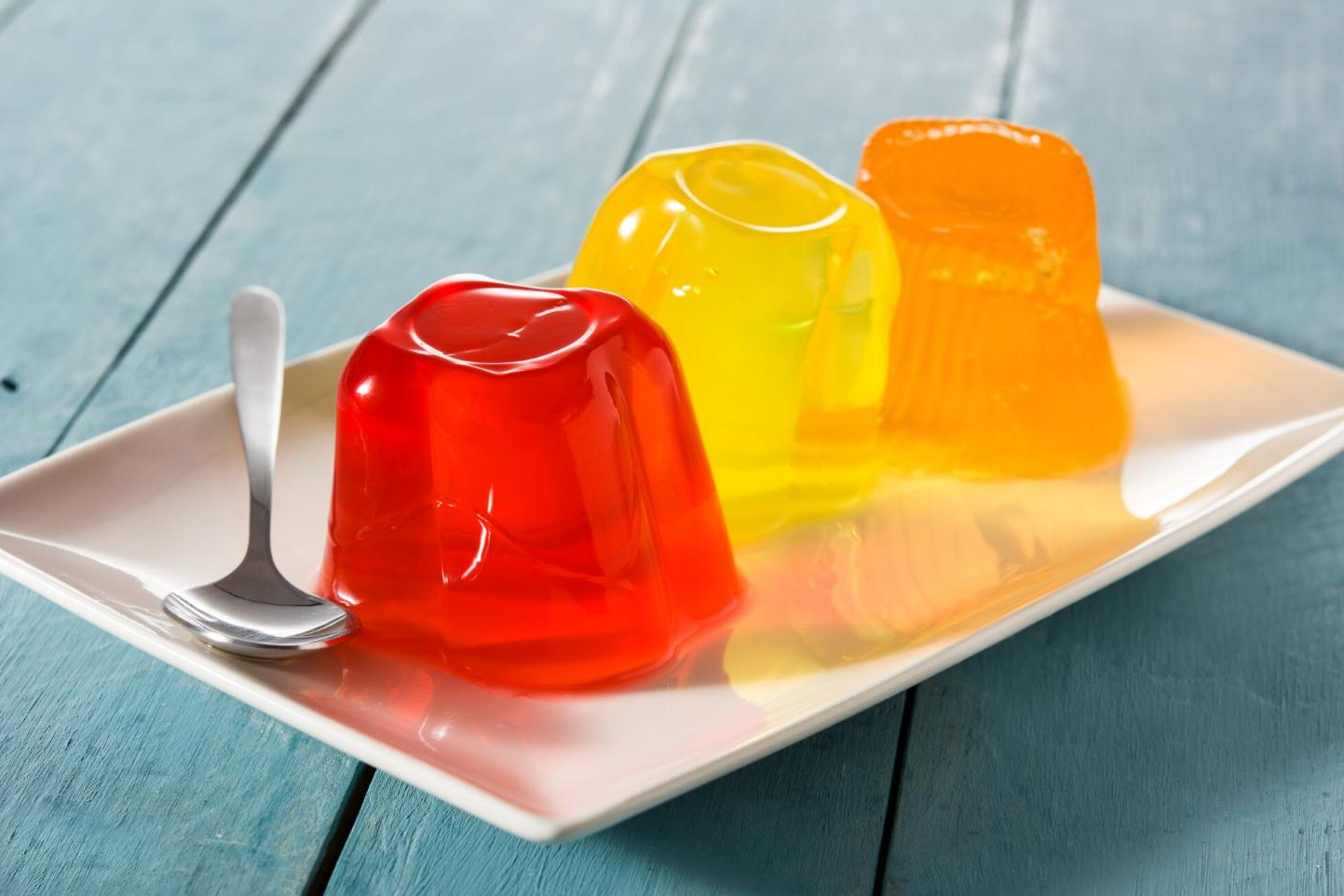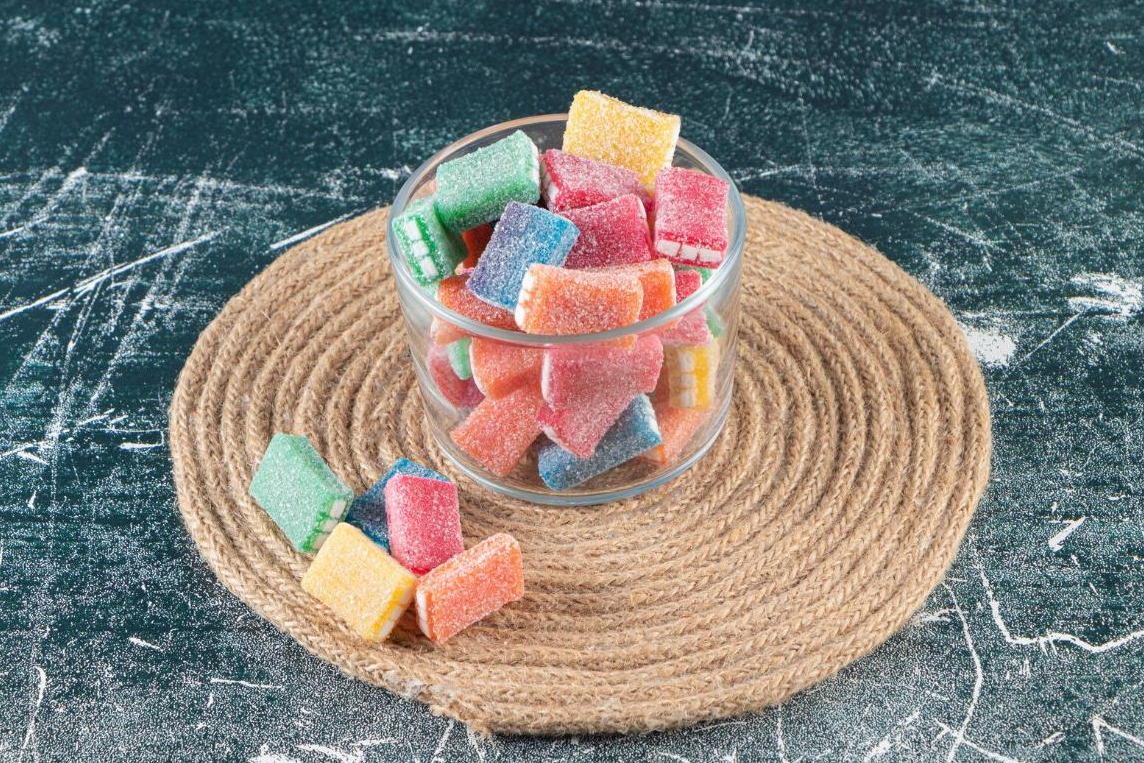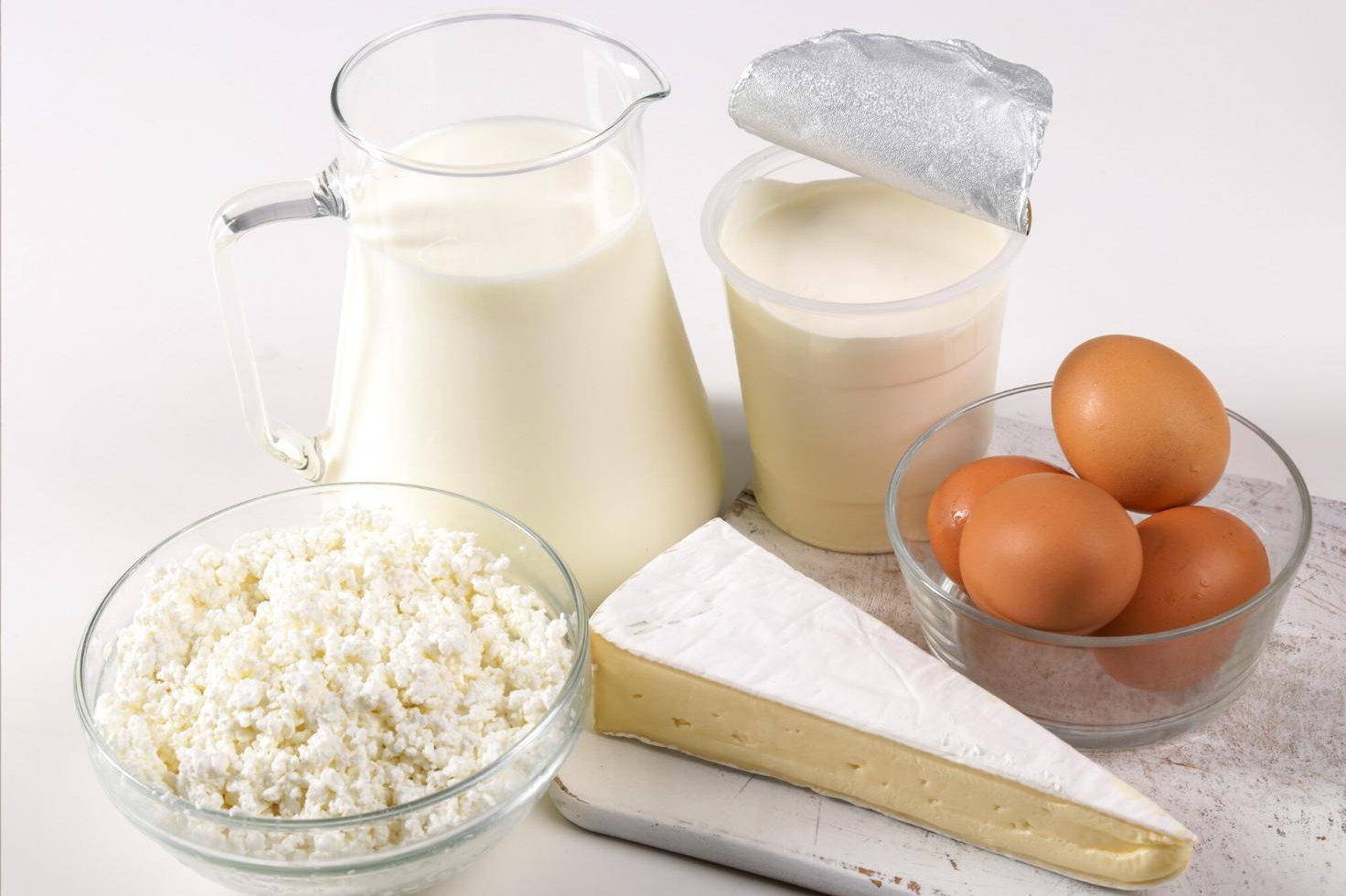Food & Confectionery Items
We offer various Bloom strengths and viscosities of gelatin to suit your food applications.
FOOD ITEMS
Production Of Marshmallows & Meringues
Our gelatin is key to the fluffy texture and structure of marshmallows and meringues. It gives them a light, airy feel, providing the framework for these delicate treats. Gelatin’s thermo-reversible gelling is crucial for the melt-in-your-mouth sensation.
This gelling property is also used in gummy candy, like gummy bears. Gelatin also creates stable foams for marshmallows, and its emulsifying and binding properties improve the texture and stability of confections.
Gelatin makes sweets elastic and chewy, enhancing their enjoyment. It also extends shelf life, keeping treats fresh. Our gelatin lets confectioners adjust texture and consistency to meet diverse tastes.


FOOD ITEMS
Production of Jellies and Jams
Our gelatin offers numerous benefits for jelly and jam production:
- Enhanced Texture & Clarity: Gelatin creates a firm yet tender texture, crucial for consumer appeal. It also ensures crystal-clear transparency, making products visually enticing.
- Stability & Flavor: Gelatin provides stability, preventing runniness or excessive firmness. It enhances flavor release, making jellies and jams more aromatic.
- Reduced Syneresis & Ideal Viscosity: Gelatin minimizes syneresis (liquid separation), maintaining smoothness. Its ideal viscosity ensures easy mixing and dissolution.
- Neutral pH & Efficient Processing: A neutral pH preserves flavor and texture. Gelatin simplifies mixing and dissolution, improves yields, and reduces processing time.
- Consistent Quality: Gelatin ensures consistent product quality, vital for brand reputation and customer loyalty.
FOOD ITEMS
Confectionery Products
Gelatin is a key ingredient in many confectionery items. It creates transparent, gel-like treats when dissolved in water with sugar, flavorings, and colorants. Gelatin acts as a gelling agent, binding water for desirable textures.
In fruit tarts, gelatin glazes protect fruit from oxidation, preserving freshness and extending shelf life. This highlights gelatin’s protective properties, maintaining the visual appeal of delicate fruit. Gelatin’s melting point, near body temperature, provides a pleasant mouthfeel and enhances flavor release, contributing to the enjoyable taste of confectionery products.
Gelatin is a versatile ingredient that can be used to create a variety of confectionery products, including gummies, marshmallows, and jellies. It is also used to create coatings and glazes for cakes and other desserts.


FOOD ITEMS
Dairy and Ice Creams Products
Gelatin, compatible with milk proteins, stabilizes dairy and ice cream, optimizing consistency and texture. It prevents syneresis (water separation) in yogurt, maintaining quality and appearance. Gelatin thickens and creates a smooth, creamy texture, preventing water separation and extending shelf life for consumer satisfaction.
In yogurt, gelatin’s stabilizing effect is key, thickening and ensuring a consistent texture. It prevents water separation, enhancing quality and visual appeal for a positive consumer experience.
Gelatin’s fat- and sugar-free nature suits low-calorie options like low-fat margarine. It replaces fats, maintaining taste and consistency for healthier choices without sacrificing sensory experience. This allows reduced-fat products without compromising palatability.
FOOD ITEMS
Meat Industry
Gelatin is widely used in the meat industry for both decorative and functional purposes. It’s used to glaze cooked meats like ham and sausages, giving them a fresher, more appealing look. This coating also acts as an antioxidant, preventing drying and preserving quality.
Gelatin is also incorporated into meat, especially deboned varieties, as a filler. This aids in shaping and portioning, particularly in restructured meat products, ensuring uniform size and form. It helps create a consistent product for packaging and consumer presentation.
In canned meats, gelatin absorbs liquids released during sterilization. This prevents a watery consistency, maintaining the desired texture and improving overall product quality.


